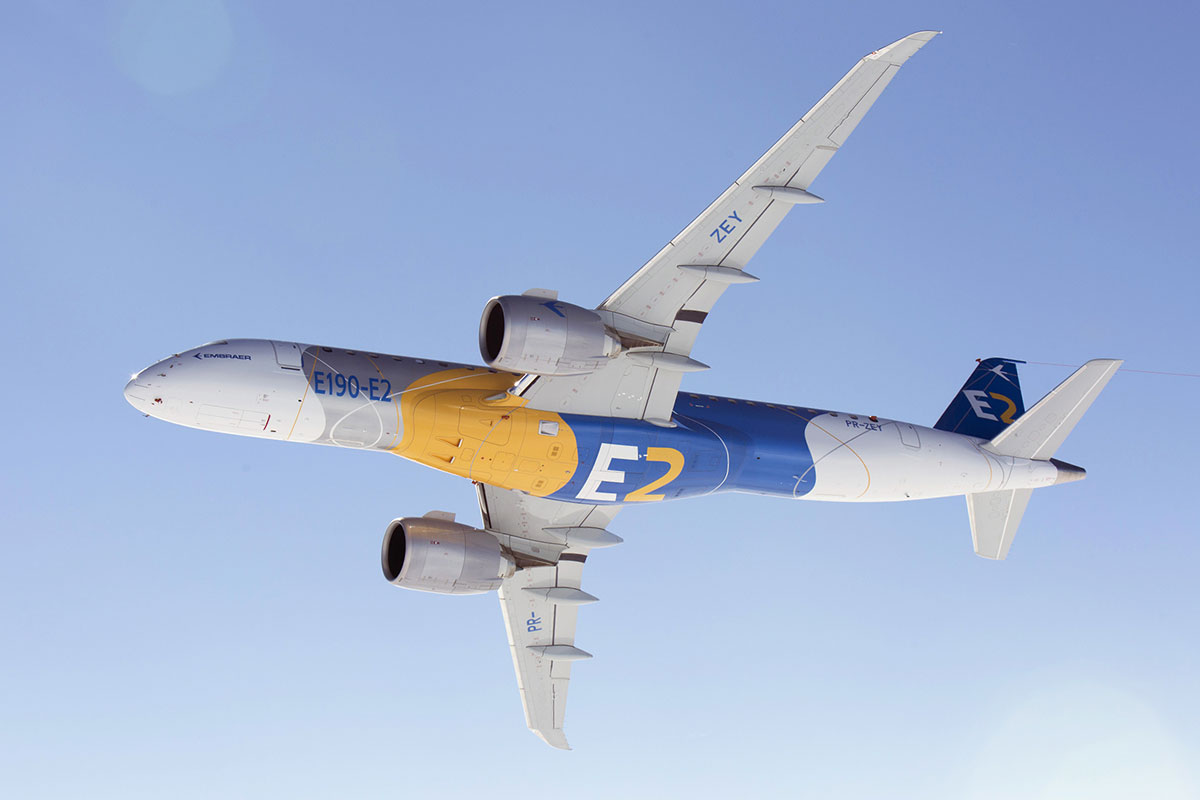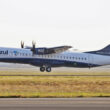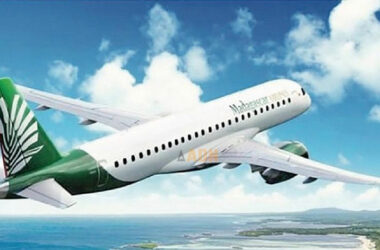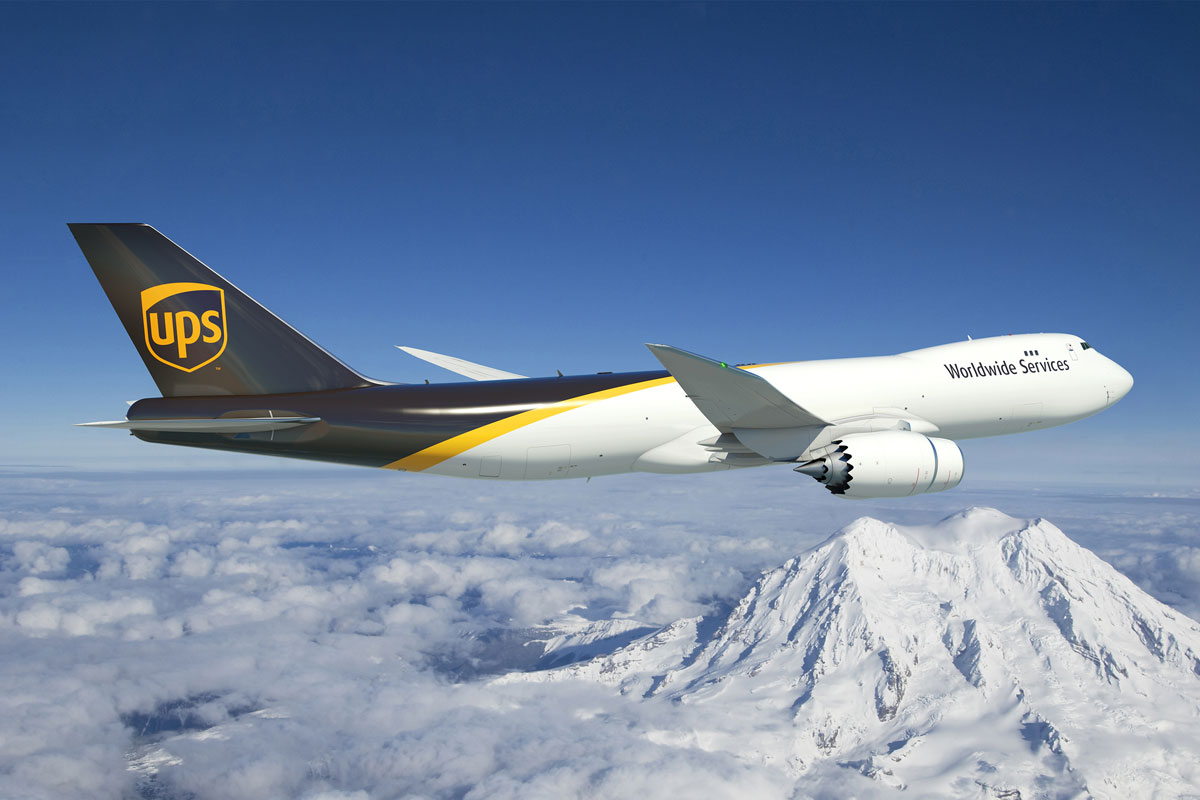While facing tough competition for Western customers, Embraer sees populous China and India as an alternative to expand sales of its civil and military aircraft.
In an interview with Aviation Week, the company’s CEO, Francisco Gomes Neto, explained how the two countries can be strategic in Embraer’s future.
In common, any long-term initiative in these markets includes partners to establish local assembly lines.
On China, Gomes Neto repeated Embraer’s vision of the air travel market. Although local manufacturer COMAC has two new aircraft that will be operated in large numbers in the future – the ARJ21 and the new C919 – both would not compete with the E2 jets.

“They don’t have the optimal aircraft for many routes—they’re either too big or too small,” he said, referring to the two Chinese planes.
Most popular posts
[wpp range=’last24hours’ wpp thumbnail_width=100 thumbnail_height=75 limit=3 stats_views=0 order_by=’views’]Embraer will offer the E190-E2 (114 seats) and the E195-E2 (146 seats) while the ARJ21, a regional jet developed on the basis of the MD-95, can accommodate 78 to 97 passengers.
The C1919 debuted with China Eastern Airlines in a two-class configuration with 164 seats. “But to sell more aircraft in China, we will need local production and a special partnership”, Gomes added.
To re-establish an assembly line in China, Embraer’s CEO says he needs at least 50 firm orders. The company has already assembled ERJ 145 jets in partnership with Harbin between 2003 and 2017 when 41 aircraft were produced – the joint venture was ended.
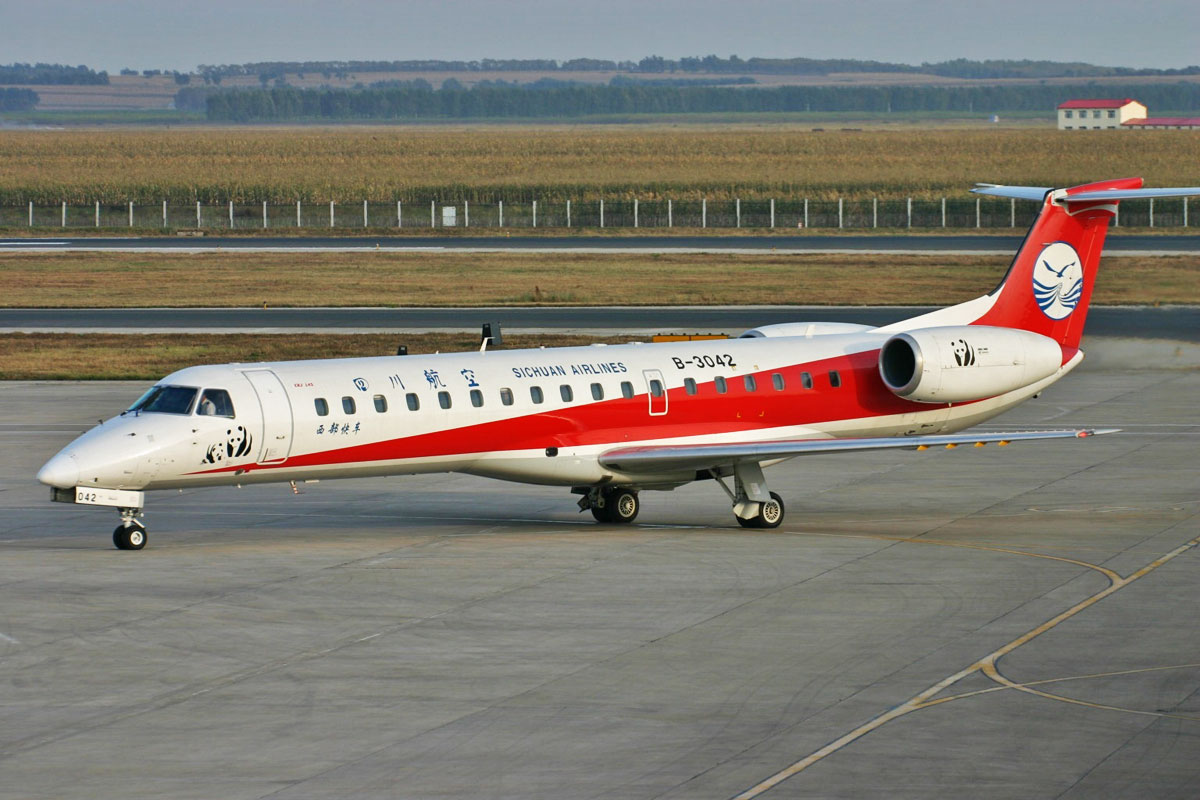
Potential order for C-390
Partnering with Chinese companies, however, involves going through the US government’s scrutiny. A good part of the E2 components is supplied by companies in the country, such as the GTF engines, by Pratt & Whitney.
Given the strained relations between China and the US in recent years, it would not be surprising if there were some sort of sanctions in this regard.
Follow ADN: Instagram | Twitter | Facebook
This is a more difficult problem to occur with India, a country that has invested heavily in the aviation industry. Although it maintains strong ties with Russia, the Indian government is somewhat independent and wants precisely to develop its own technological base.
For this reason, the establishment of aircraft assembly lines in the country is a matter of when.
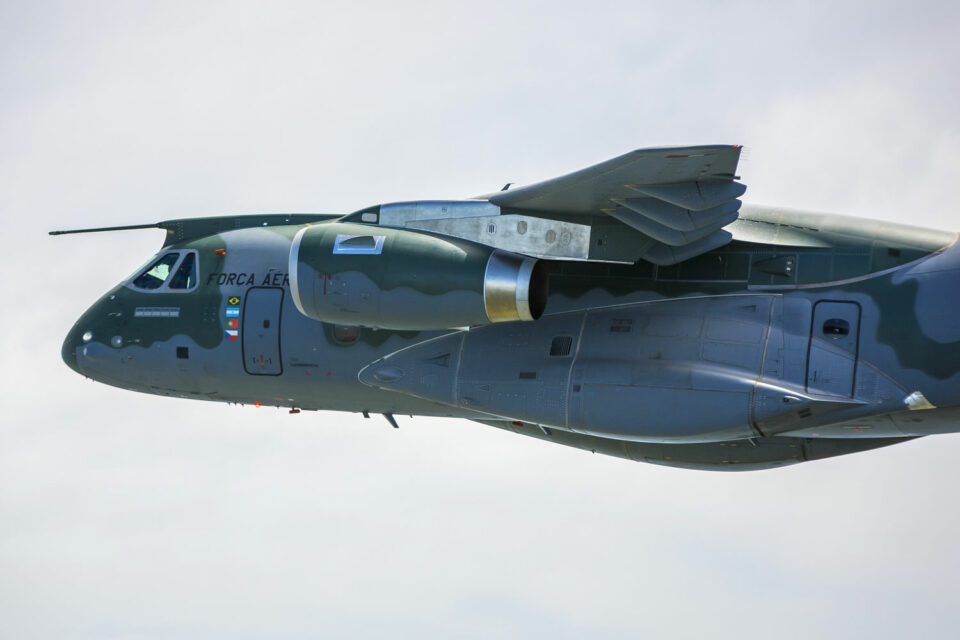
In this sense, Embraer can seek a partner to produce civil aircraft as well as reach an agreement to assemble the C-390 Millennium in India if the Air Force selects the multi-mission jet in the future.
There is a request for information issued by India for an order of 40 to 80 tactical cargo aircraft. Embraer has even revealed that it is in talks with local companies such as the TATA Group and Mahindra.
Francisco Gomes Neto admits, however, that they will be different partnerships from the failed joint venture with Boeing.
“I’m not looking for the same model that we had with Boeing, but maybe there is a partnership to assemble aircraft in China or India.”
That would help us to achieve that target of 100 aircraft per year or even more and expand sales of the E2″, said the chief executive.

